Cities and territories
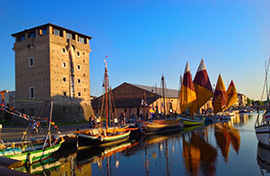
Cervia
The southern entrance to the Parco Delta Po and a small seaside city made famous by the Etruscan salt flat, which is still used to produce the sweet salt of Cervia. The two salt storage rooms, the Tower of San Michele and the Borgo Marina are proof of a community which has always been linked to salt and the sea, and which every year tells the stories of its origins with a historical re-enactment of the “Rotta del Sale” sailing route.
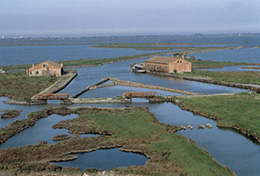
Parco Delta Po
One of the most important humid areas of Europe, spanning the regions of Emilia Romagna and Veneto. It is a wide and rich biodiverse environment, a paradise for naturalists, biologists and tourists. There are several unique environments where the river Po and the sea meet, easy to access by bicycle for most of the year.
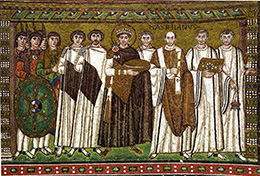
Ravenna
One of the most famous Italian art cities, even if it is now further from the sea than it has been in the past, Ravenna is still to be considered an ancient seaside city. Developed around Classe, a Roman village, it would become the capitol of the Byzantine empire, enriched with marvellous palaces and cathedrals. It is still, to this day, a leading site for mosaic art around the world.
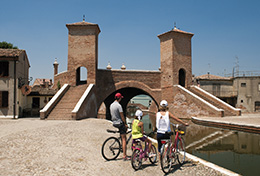
Comacchio
A small village, where the ancient dualities of land and sea, of dry and humid and of people and the sea can be witnessed. A place of rare natural environments, the Comacchio Valleys are also a good destination for gourmands to taste eel and for historians to visit the museum of the Delta Antico.
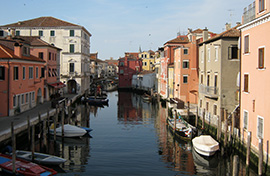
Chioggia
Situated in the Southern area of Venice’s lagoon, Chioggia was been made a UNESCO site in 1987. During medieval times, the town was situated on the crossroads between the “salt routes” and was considered one of Europe’s salt capitals. Chioggia is famous for having produced the first shipyard in Italian seafaring history..
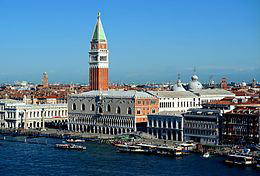
Venezia
Dream destination for many travellers and merchants since the dawn of time, Venice still holds intact its magic even in the times of mass tourism. It is even better to reach the “Serenissima” from the sea through the lagoon, from where you can see the unmistakable shape of San Marco take form.
This is the final part of the “Rotta del Sale” Bike Trail.


